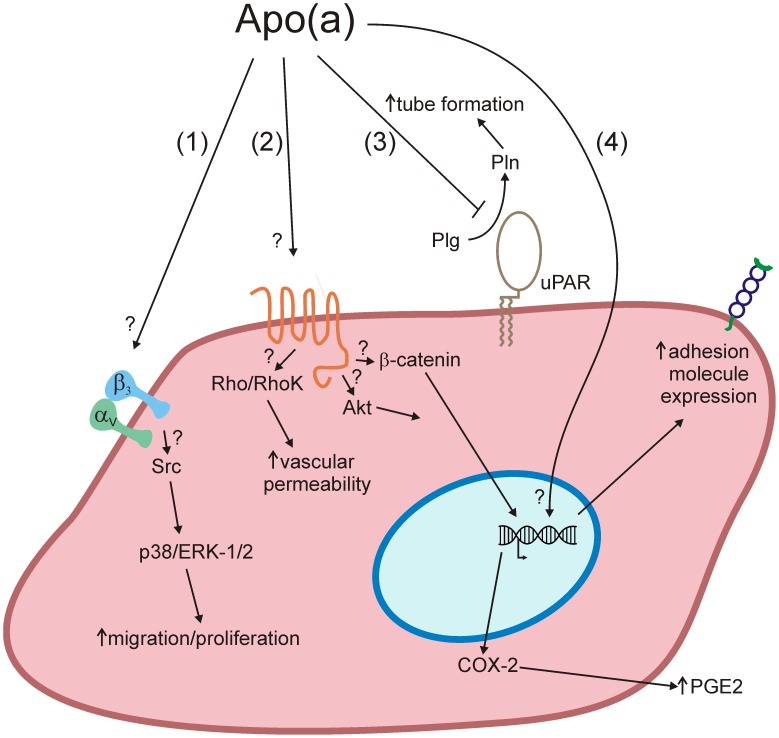Figure 7. Complex effects of apo(a) on endothelial cell function.
(1) Through a mechanism involving, in a manner yet to be defined, integrin αVβ3, apo(a) induces Src and MAP kinase activation that results in increased migration and proliferation [29]. (2) Through binding to a cell surface receptor that is currently undefined, apo(a) results in activation of Rho, which through its effector Rho kinase (RhoK) ultimately results in actin/myosin stress fiber formation and increased endothelial cell contraction and vascular permeability [9]. In addition, through the dissociation of β-catenin form adherens junction and the promotion of β-catenin nuclear translocation through activation of Akt, apo(a) elicits an increase in the expression of cyclooxygenase-2 which results in increased synthesis of prostaglandin E2 (PGE2) (unpublished observations). (3) Apo(a) inhibits pericellular plasminogen activation that is likely dependent on uPA and the uPA receptor (uPAR), an effect that results in a decrease in tube formation (current study). (4) Through unknown mechanisms, apo(a) results in increases in the expression of several adhesion molecule genes including ICAM-1 and E-selectin [4].

